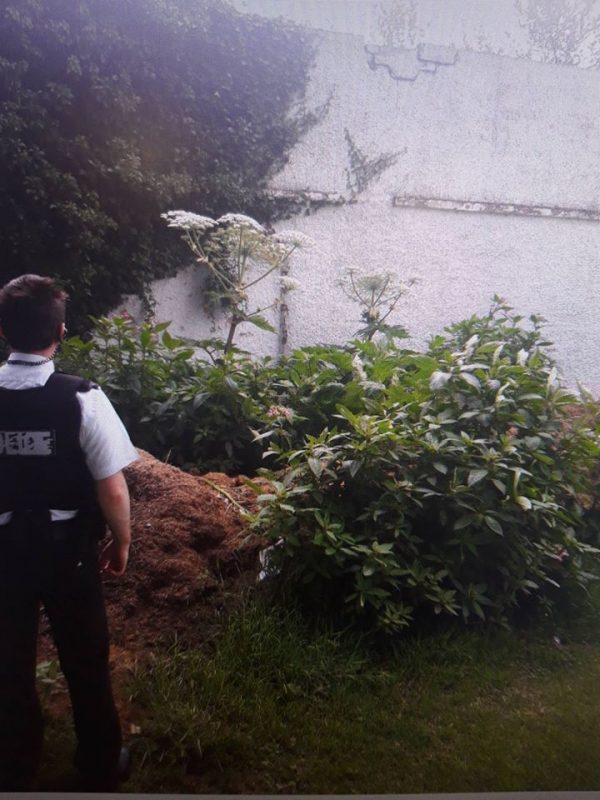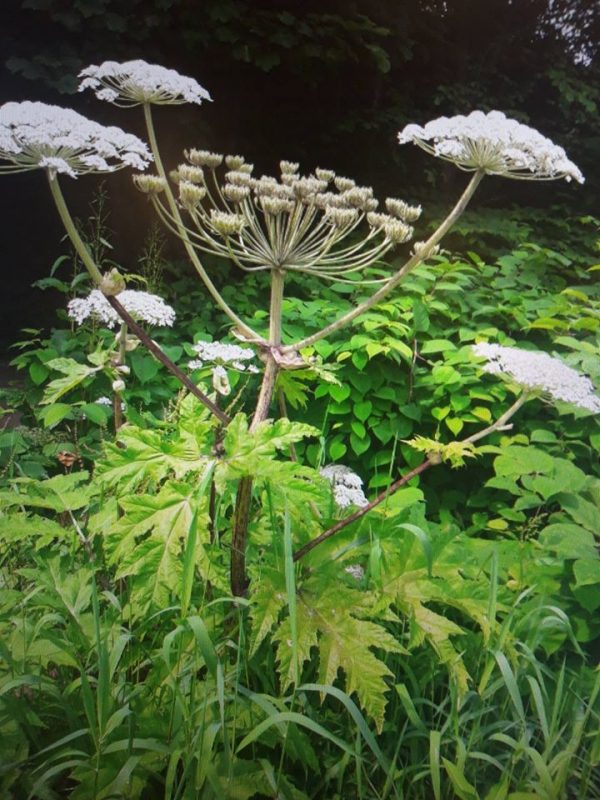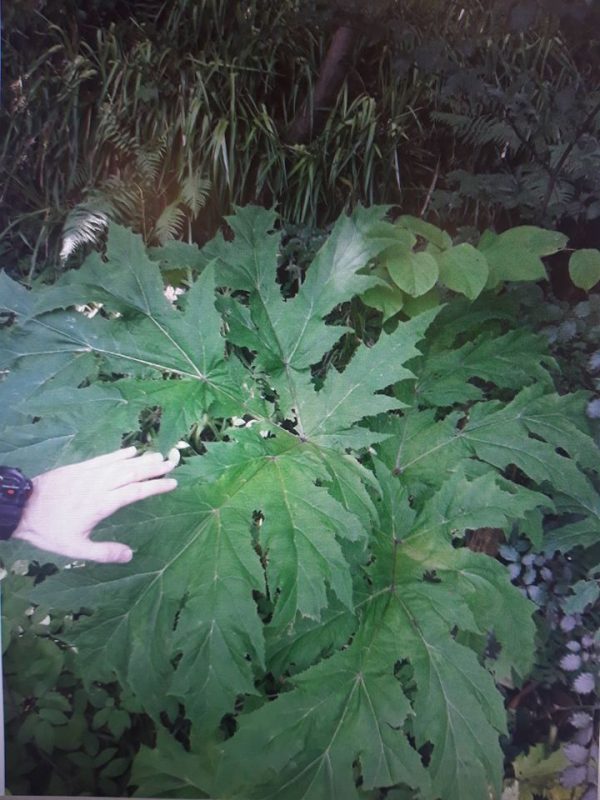 THE regional burns unit for the North of Ireland is seeing an increasing number of burns associated with the giant hogweed plant.
THE regional burns unit for the North of Ireland is seeing an increasing number of burns associated with the giant hogweed plant.
The plant is usually found growing in places with damp soils, such as river banks and coastal areas.
Police Derry City and Strabane recently warned parents to alert their children to the dangers of playing near the hogweed plant.
Officers said contact with the plant can cause irritation of the skin similar to chemical burns and these can be quite severe and painful.
Described as the most dangerous plant here, it grows to between three and five metres high.
It contains a sap which irritates skin when it is exposed to sunlight and can cause blistering and swelling.
Symptoms are usually noticeable within 24 hours and may be made worse by over-exposure to the sun.
Plastic Surgeon registrar Dr Jamie Clements: “We’ve seen a recent spate of injuries associated with this toxic plant and we’ve really been quite unfamiliar with it ourselves.
“It can cause quite significant skin injuries and even in some parts of the literature we’ve identified patients who have been blinded by contact with this.
 “We’re just seeing more patients coming into contact and having more severe injuries.”
“We’re just seeing more patients coming into contact and having more severe injuries.”
Dr Clements said the combination of a wet winter and sunny May likely caused the plant to proliferate at a time when many people were walking outdoors during lockdown as a way of exercising.
“The exposure to sunlight is really the key to skin damage,” he said.
“The sap from the stem and leaves of this particular plant actually sensitise the skin to light allowing it to become damaged with continued exposure.”
The doctor said that within 30 minutes of coming into contact with the plant a person could experience itching or burning in the area of contact.
“If you feel that you’ve immediately come into contact with this plant the most important thing is to cover up,” Dr Clements said.
“Make sure your skin, the area that has been exposed to the plant, is not exposed to the UV radiation of the sunshine.
 “In tepid, not hot water, without perfumed soaps, try to wash away any of the sap from areas of your skin that has been exposed to try and reduce the ongoing damage.”
“In tepid, not hot water, without perfumed soaps, try to wash away any of the sap from areas of your skin that has been exposed to try and reduce the ongoing damage.”
He said injuries could range from reddening of the skin to blistering that can lead to second and in some cases even third degree burns.
Tags:




